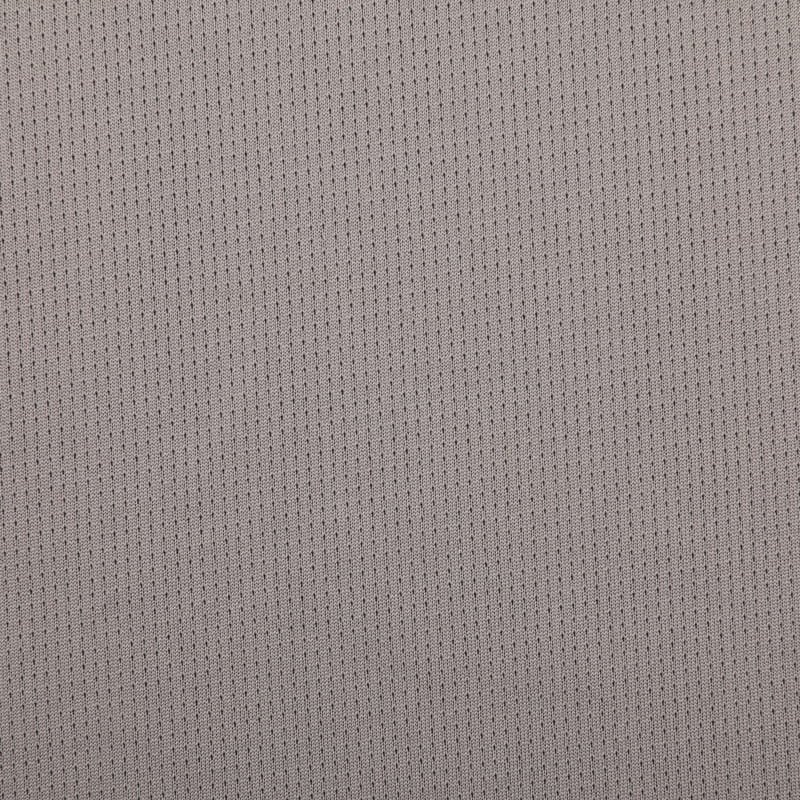In recent years, the market for cationic fabric has undergone significant evolution, driven by technological advancements, changing consumer preferences, and a growing emphasis on sustainability within the textile industry. This evolution has transformed cationic fabrics from niche products to versatile materials embraced across various sectors worldwide.
Technological Advancements Driving Innovation
Technological progress has been a cornerstone of the evolution in the cationic fabric market. One of the pivotal advancements lies in the development of cationic dyeing processes. Unlike traditional methods, cationic dyeing utilizes dyes with positively charged molecules that bond effectively with synthetic fibers like polyester and nylon. This innovation not only enhances color vibrancy but also improves colorfastness, ensuring that colors remain vivid even after repeated washes—a crucial factor in performance and sportswear where aesthetics and durability are paramount.
Expanding Applications Beyond Performance Wear
Initially popular in performance and sportswear due to their moisture-wicking properties and durability, cationic fabrics have expanded into broader applications. Fashion designers have embraced cationic fabrics for their ability to achieve vibrant and unique color effects, broadening their use in everyday apparel and haute couture. This shift underscores the versatility of cationic fabrics, making them a preferred choice for garments that seamlessly blend style with functionality.
Sustainability Initiatives Reshaping the Industry
In response to global sustainability challenges, the textile industry has intensified efforts to reduce environmental impact throughout the production lifecycle of cationic fabrics. Manufacturers are increasingly adopting eco-friendly practices such as using recycled polyester fibers and implementing water-saving dyeing technologies. These initiatives not only address environmental concerns but also cater to consumer demand for sustainable products, positioning cationic fabrics as a responsible choice in an environmentally conscious market.

Market Growth and Global Reach
The market for cationic fabrics has experienced robust growth on a global scale. Regions such as North America, Europe, and Asia-Pacific have emerged as key contributors to this growth, driven by expanding industrial applications and consumer demand for high-performance textiles. Cationic fabrics are now integral components in diverse products ranging from athletic apparel and outdoor gear to automotive interiors and healthcare textiles, reflecting their versatility and adaptability across different sectors.
Innovation in Applications and Industry Collaboration
Innovation continues to propel the adoption of cationic fabric across new applications. Industries such as healthcare and automotive are leveraging the fabric's durability and aesthetic appeal for specialized uses such as hospital gowns and automotive upholstery. Moreover, collaborative efforts between textile manufacturers, fashion designers, and technology developers are fostering new possibilities for cationic fabrics, pushing the boundaries of what is achievable in terms of performance, sustainability, and design.


 English
English 中文简体
中文简体


.jpg?imageView2/2/format/jp2)











